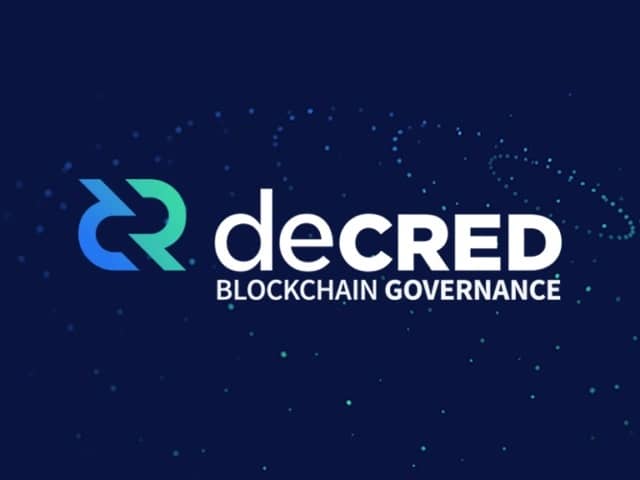Subscribe to wiki
Share wiki
Bookmark
Decred
The Agent Tokenization Platform (ATP):Build autonomous agents with the Agent Development Kit (ADK)
Decred
Decred (/ˈdi:ˈkred/, /dɪˈkred/, dee-cred) is an open-source, community-based cryptocurrency, similar to Bitcoin[1].
Overview
Decred was launched in February 2016[2] by the Bitcoin developers that engineered btcsuite[3], an alternative full-node Bitcoin implementation written in the Go (golang) programming language and is used by development projects such as Ethereum, Factom, BitGo, OpenBazaar, and the Lightning Network[4].
Blockchain Architecture
Decred is designed with a built-in governance system to resolve centralization and governance conflicts present within the Bitcoin system[6] and address the 'tragedy of the commons' that can occur within decentralized cryptocurrencies[5].
Decred's governance system is engineered with a hybridized Proof-of-Work (PoW) and, Proof-of-Stake (PoS) consensus protocol[8]. The design was inspired by the MEMCOIN2: A Hybrid Proof-of-Work, Proof-of-Stake Crypto-currency [7][9] technical paper published in 2013, and the Cryptocurrencies without Proof of Work white paper published in 2014.
Hash Function
Decred uses BLAKE-256 as its hash function. BLAKE-256 is based around a HAIFA construction that incorporates a variation of the ChaCha stream cipher by Daniel J. Bernstein. The BLAKE-256 hashing function has high-performance ratings on x86-64 microarchitecture[10].
Proof-of-Activity
Hybridized Proof-of-Work and Proof-of-Stake systems are also referred to as Proof-of-Activity (PoA). PoA is a consensus protocol introduced by the Proof of Activity: Extending Bitcoin’s Proof of Work via Proof of Stake whitepaper[11], co-authored by Litecoin founder Charlie Lee.
History
2016
February 7th: the Decred mainnet binaries were released under v0.0.1[13].
2017
April 25th: Decred v1.0.0 was released[12].
September: Decred developers executed an atomic swap between Decred (DCR) and Litecoin (LTC)[14][15].
Tokenomics

Decred Token ($DCR)
Token Utility
Decred's native cryptocurrency, $DCR, serves as a medium of exchange and a store of value within its network. It facilitates peer-to-peer payments and enables users to participate in the network's governance through staking.
By staking $DCR, users receive tickets, which are non-tradable crypto assets used for participation in the proof-of-stake (PoS) consensus mechanism and governance processes. In each block, five tickets are selected using a Poisson distribution to validate blocks created by proof-of-work (PoW) miners and to vote on governance proposals during designated voting periods. [16]
Token Distribution
At launch, 8% of the total 21 million $DCR supply (1.68 million DCR) was premined and distributed as follows:
- 50% was allocated to the founding organization, Company 0 (36%), and the Decred development team (14%). Company 0 committed not to trade its DCR for 24 months, while the development team’s allocation was locked for 12 months.
- 50% was distributed via an airdrop to eligible participants, with a cap of 5,000 maximum participants. Preference was given to contributors to the project. Remaining Supply The remaining 19.32 million DCR will be minted through mining according to Decred’s defined inflation schedule. This process will continue until the final block reward is issued, projected for January 2039. [16]
See something wrong?
The Agent Tokenization Platform (ATP):Build autonomous agents with the Agent Development Kit (ADK)
